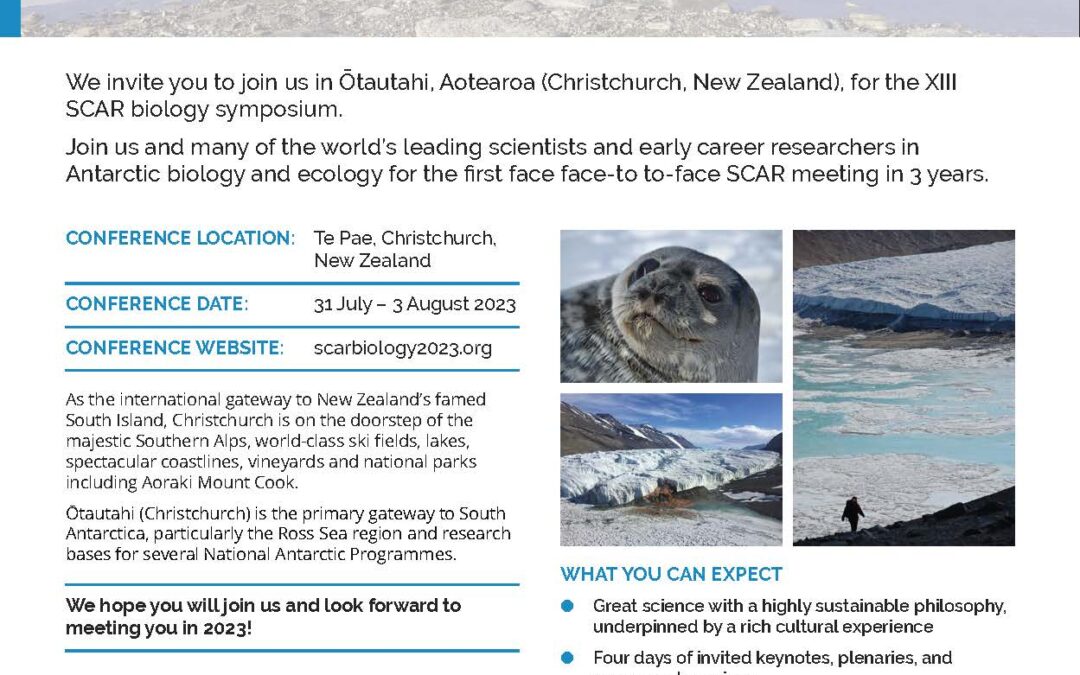
First Announcement – SCAR Biology 2023
This is the first announcement for the Scientific Committee on Antarctic Research (SCAR) Biology Symposium 2023 in New Zealand.
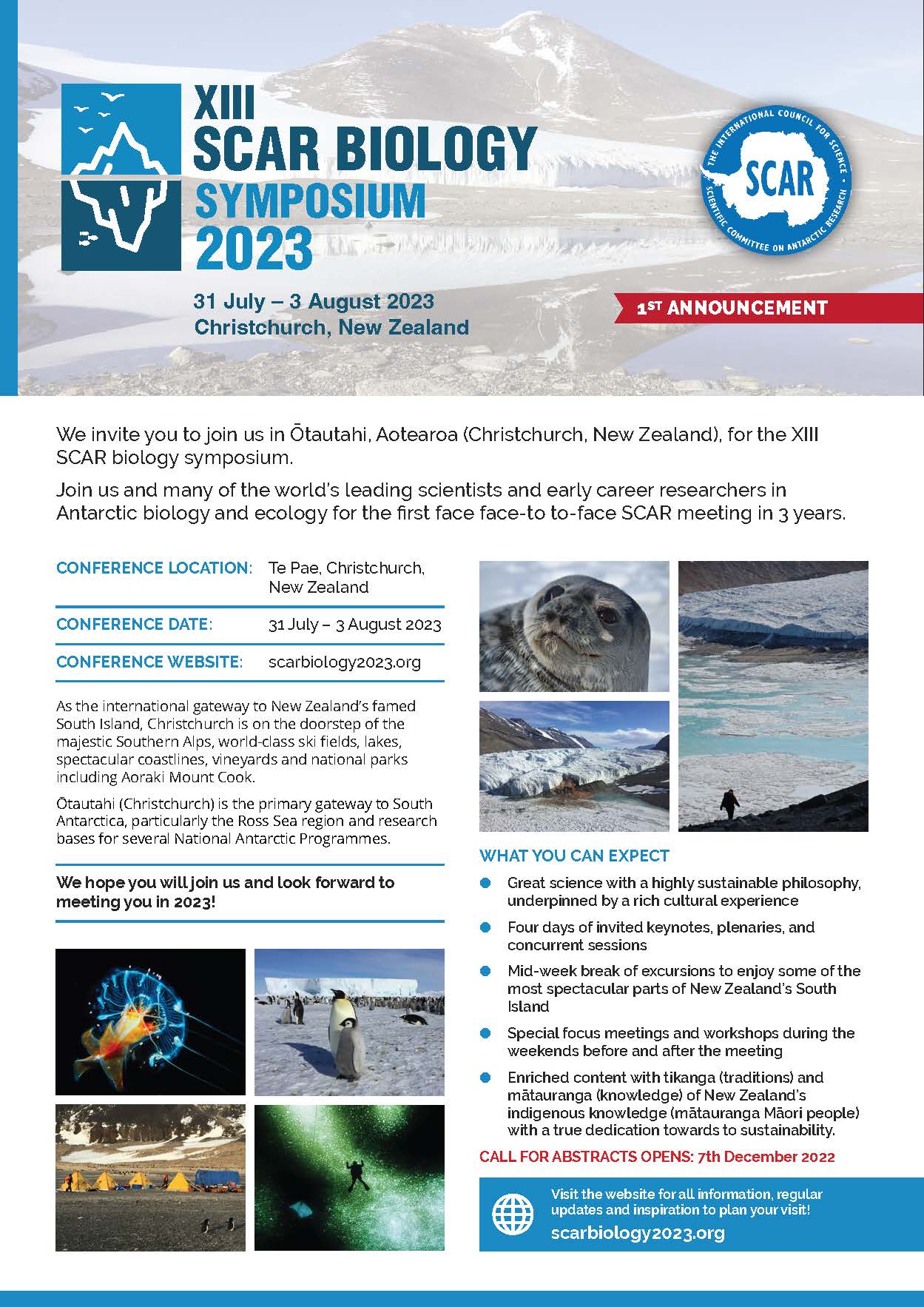
Will you be attending/presenting a paper? Let ALSA know!

This is the first announcement for the Scientific Committee on Antarctic Research (SCAR) Biology Symposium 2023 in New Zealand.

Will you be attending/presenting a paper? Let ALSA know!
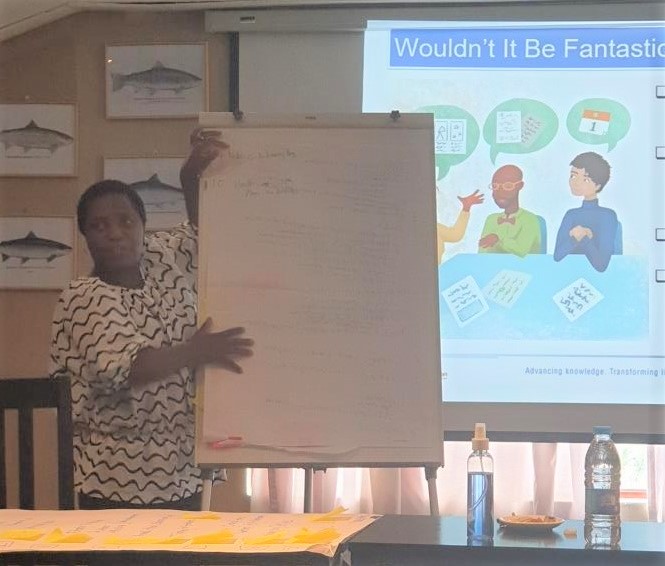
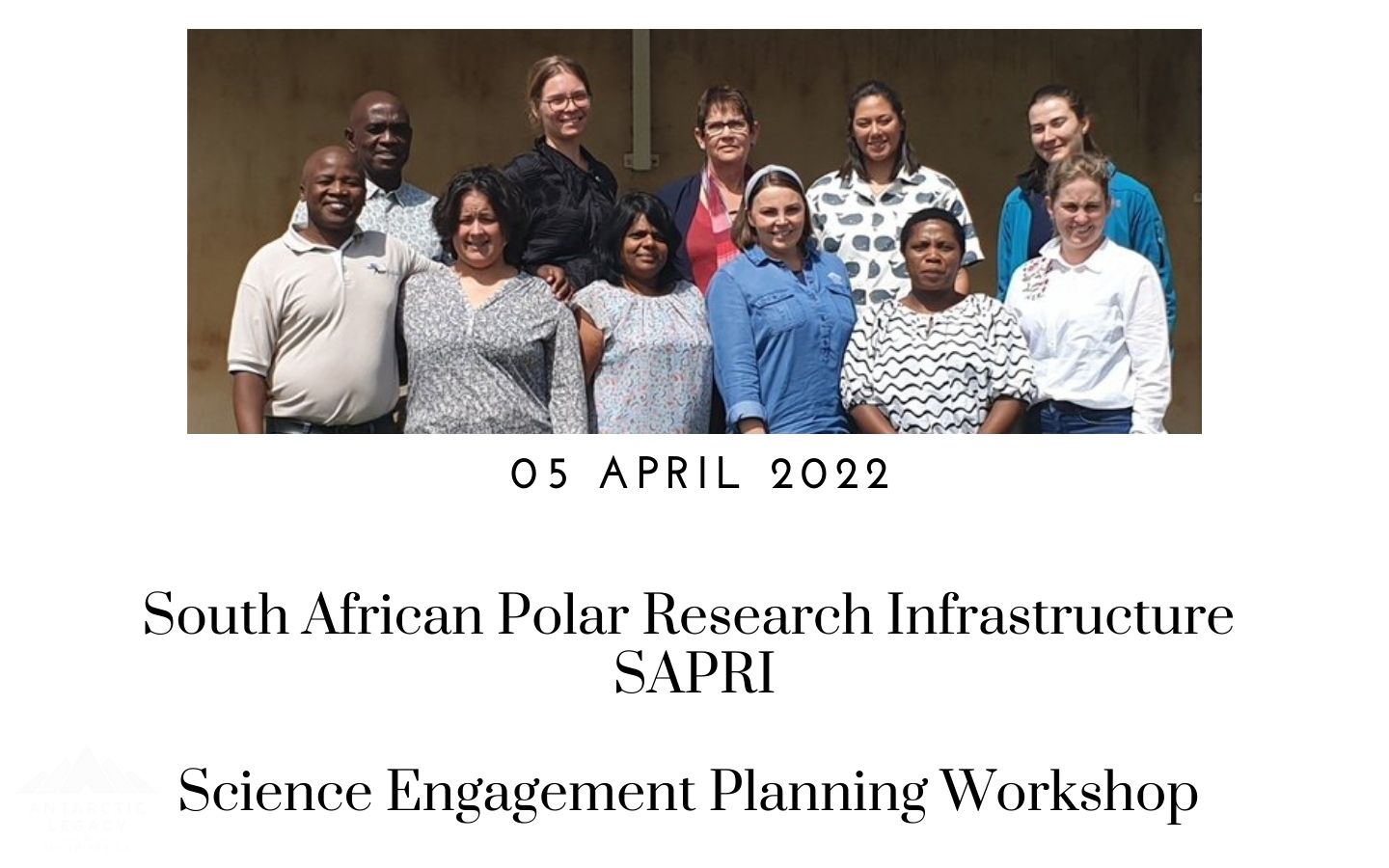
The first face-to-face SAPRI Science Engagement planning meeting was organised and hosted by the South African Environment Observation Network (SAEON) Science Engagement team.
The workshop was held on the 5th of April 2022, in Gauteng, South Africa.
The program started with an introduction and an overview of SAPRI by Dr Tamaryn Morris, the co-champion of SAPRI. Ria Olivier introduced the Antarctic Legacy of South Africa (ALSA) to the delegates and the role ALSA plays within the South African National Antarctic Programme (SANAP) and its future role within the SAPRI DPS (Data, Products and Societal benefits). The SAEON Science Coordinator, Kogie Govender, introduced environmental science education/outreach focus areas of SAEON and how SAEON’s efforts will be of advantage and incorporated into the SAPRI Science Engagement efforts.
A presentation on web development was delivered by Zack Smith (SAEON), to get some ideas going for the SAPRI website. Thomas Mtontsi (Environmental Science Education Officer, SAEON) gave an overview of the Draft SAPRI Science Engagement Policy. This policy is a work in progress and two valuable workshop activities, hosted by Kogie Govender, were indicative of new ideas and audiences that need to be incorporated into this policy.
The next meeting will be virtual and the SAPRI Science Engagement Policy will be a joint effort between ALSA, SAEON, and APECS-SA (Association for Polar Early Career Scientists – South Africa).
Featured image (L-R) Back: Joe Sibiya (SAEON), Dr Christel Hansen (APECS-SA), Ria Olivier (ALSA), Tahlia Henry (ALSA), Caitlin Ransom (SAEON); (Front) Thomas Mtontsi (SAEON), Dr Tamaryn Morris (Co-champion SAPRI), Kogie Govender (SAEON), Anche Louw (ALSA), Nozi Hambaze (SAEON) and Dr Liezel Rudolph (APECS-SA).
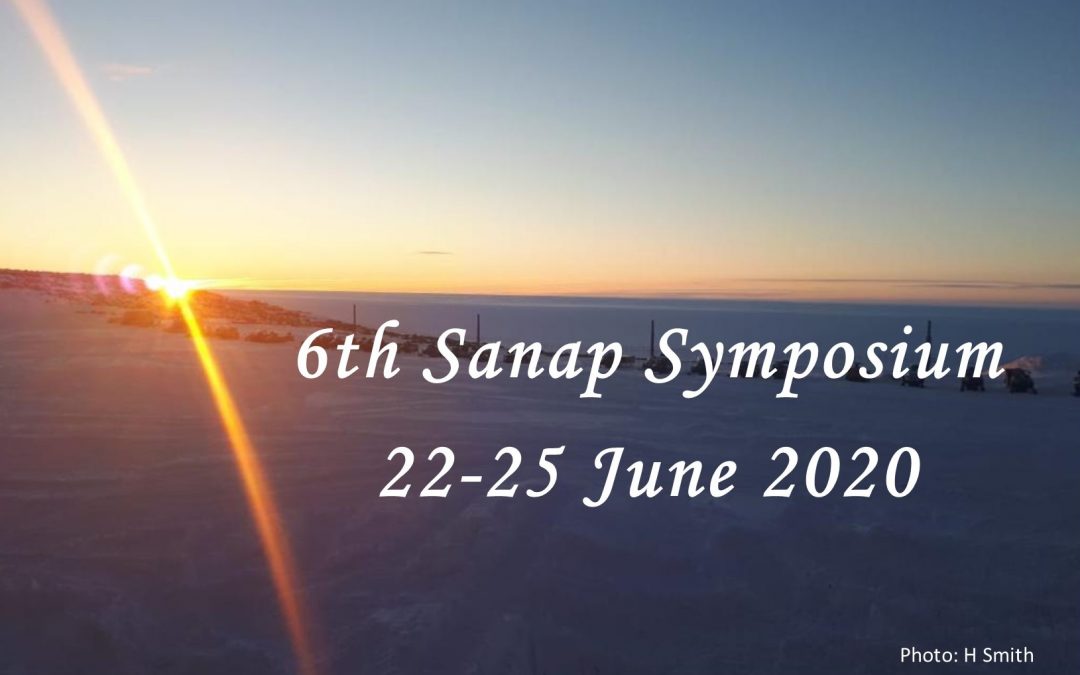
 SAVE the Date for the 6th Biannual SANAP Symposium that will take place 22-25 June 2020.
SAVE the Date for the 6th Biannual SANAP Symposium that will take place 22-25 June 2020.
Read Gansen Pillay opening speech to the SANAP community at the previous symposium in Hermanus.
Communication form the Director of Knowledge Advancement and Support (KAS), Tracy Klarenbeek : 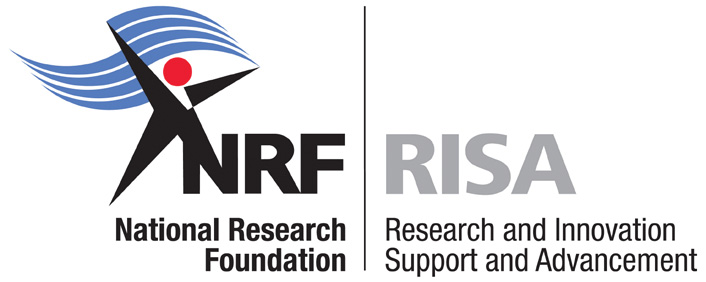 ” Please save the date for the 2020 SANAP Symposium: 22-25 June 2020 (inclusive). This date has been selected to accommodate the university exam timetable, and the departure of the SEAMester cruise. So as to feed into the international space, it is also scheduled to take place before the 2020 SCAR Conference in Hobart in August 2020. The event is going to take place in the Western Cape. More details to follow in due course. “
” Please save the date for the 2020 SANAP Symposium: 22-25 June 2020 (inclusive). This date has been selected to accommodate the university exam timetable, and the departure of the SEAMester cruise. So as to feed into the international space, it is also scheduled to take place before the 2020 SCAR Conference in Hobart in August 2020. The event is going to take place in the Western Cape. More details to follow in due course. “
Benefits of Attending Conferences 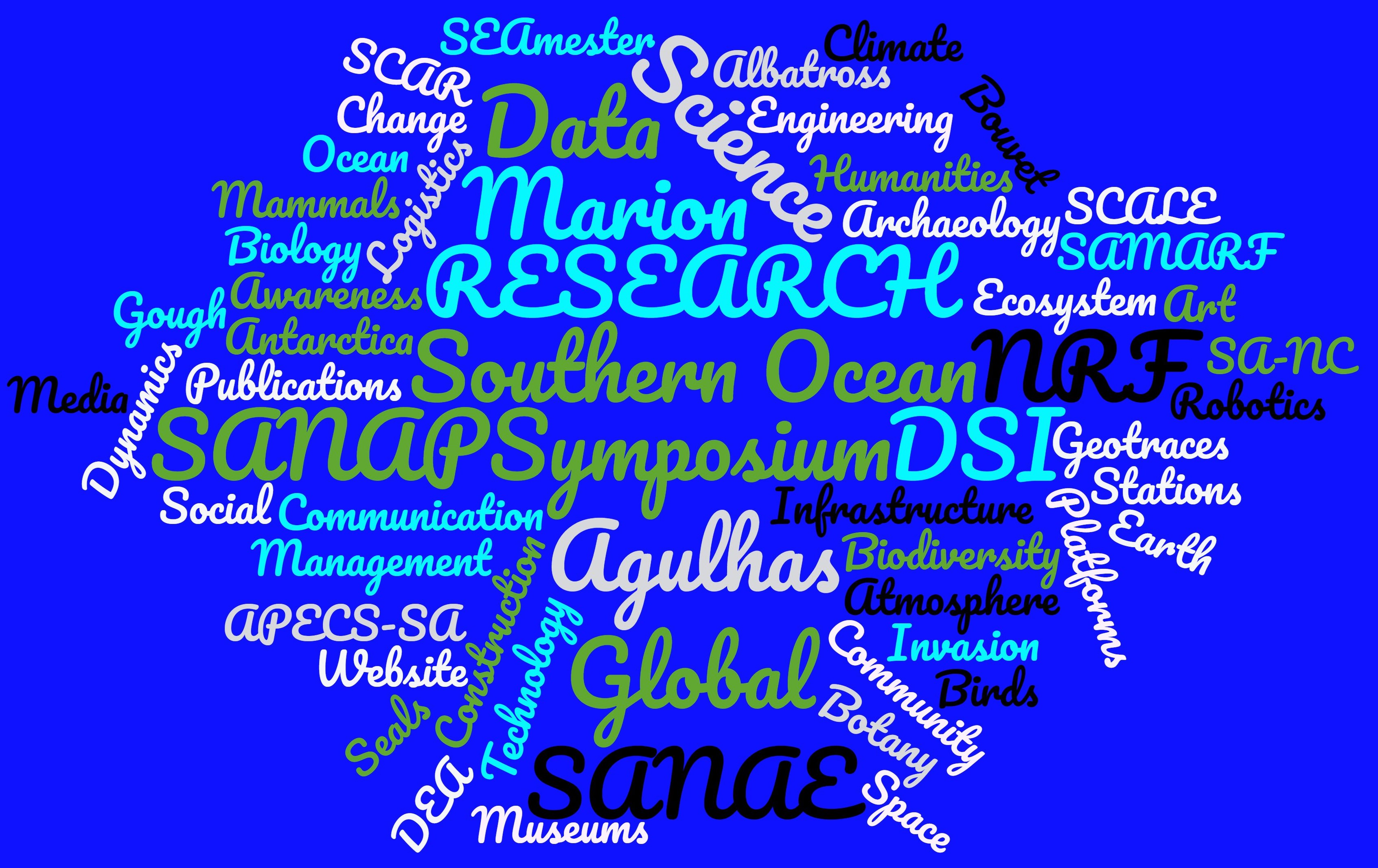
Get feedback on an early version of your latest work.
Get to know other people in your field.
Hear about the latest research.
Improve your presentation and communication skills.
Meet your academic heroes.
Engage in high-level debates and refine your ideas.
Adding to your CV.
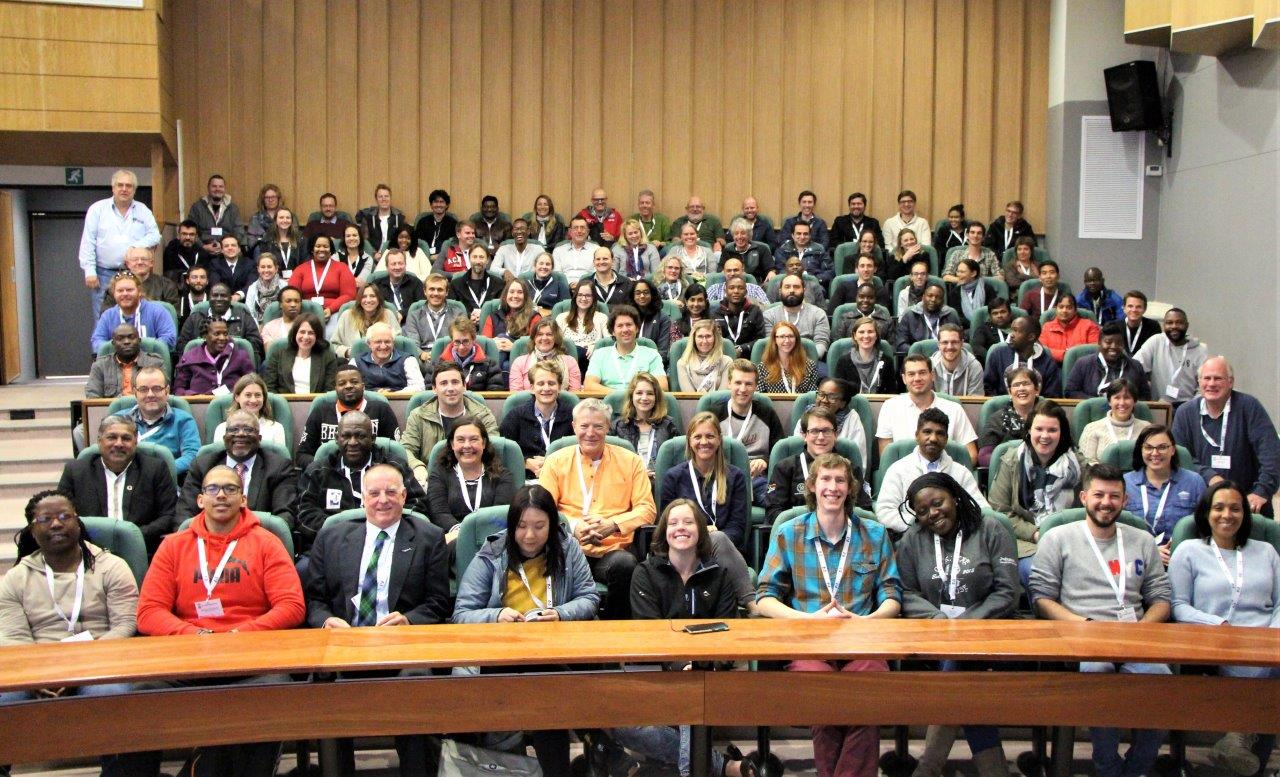 Left: Opening session of the 5th Biannual SANAP Symposium hosted by CPUT and SANSA.
Left: Opening session of the 5th Biannual SANAP Symposium hosted by CPUT and SANSA.
Venue will soon be announced and Symposium website opened.

South Africa’s permanent presence on the Antarctic continent commenced shortly after the Norwegians announced the evacuation of their Antarctic base, which was established for the International Geophysics Year (IGY), in the Dronning Maud Land region (approximately 4000 km south of Cape Town). This base was taken over by South Africa in 1959, during the first South African National Antarctic Expedition (SANAE), under the leadership of J.J. ‘Hannes’ la Grange (also Senior Meteorologist of the team).

1st SANAE Overwintering Team of 1960 (L-R: André van der Merwe, Dick Bonnema, Hannes la Grange, Marten du Preez, Blackie de Swardt).
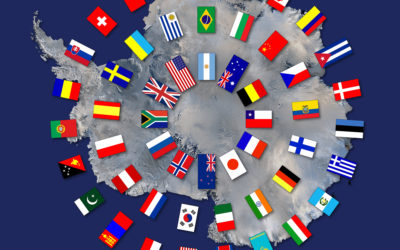
Antarctic Treaty counties: Argentina, Australia, Belgium, Chile, France, Japan, New Zealand, Norway, South Africa, United Kingdom, United States and USSR.
In the same year, South Africa, along with eleven other countries signed the Antarctic Treaty, hence SA is one of the founding members of the Antarctic Treaty System (ATS), and however South Africa never made a territorial claim in Antarctica, is seen as a “consultative party” within the Antarctic Treaty, due to its legitimate interest in Antarctica (Viall 1991).
The Antarctic Treaty can be described as “agreements and arrangements which regulate international relations and activities in Antarctica” (Viall 1991). The aim of the Antarctic Treaty was to ensure that Antarctica (the area south of 60° S latitude) would be used for no other than peaceful purposes. The Antarctic Treaty also stipulates that military activities, nuclear explosions and the disposal of radioactive waste are prohibited in Antarctica (The Antarctic Treaty, 1959). Read more here.
South Africa has certain obligations to the ATS regarding conservation on Antarctica and on its sub-Antarctic islands and form part of the Conservation of Albatrosses and Petrels (ACAP) and Convention for the Conservation of Antarctic Marine Living Resources (CCAMLR).
The Antarctic Treaty Consultative Meeting (ATCM) kicked off in 1961 and was held biennially, however since 1994 it became evident that this meeting should be held annually. As stipulated by the Secretariat of the Antarctic Treaty, ‘the meeting is hosted by Consultative parties according to the alphabetical order of their English names’.
This year the meeting in held in Prague, France. South Africa’s delegation consists of:
Furthermore South Africans, Richard Skinner (previously with the South African Department of Environmental Affairs and a long-time participant within the South African National Antarctic Programme) and Lize-Marié van der Watt (Doctor of Philosophy at KTH Royal Institute of Technology, Stockholm, Sweden) are currently also at this meeting as part of the Antarctic Treaty Secretariat support staff.
References:
The Antarctic Treat (1959) http://blogs.sun.ac.za/antarcticlegacy/wp-content/blogs.dir/189/files/2015/10/The-Antarctic-Treaty1.pdf
Viall JD (1991) South Africa: The Road to the Antarctic Treaty. South African Journal of Antarctic Research, Volume 21:125-128.
Anché Louw, Antarctic Legacy of South Africa, 11 July 2019.
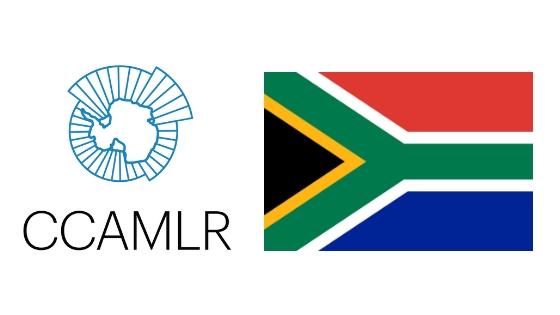

Commission for the Conservation of Antarctic Marine Living Resources
International relations with respect to Antarctica needs to be regulated and this is done means of the Antarctic Treaty and related agreements (referred to as the Antarctic Treaty System). The Convention on the CCAMLR was signed in 1982 and forms a key part of the management of the Antarctic marine ecosystem and fishing industries operating south* of the Antarctic Convergence. Watch this video for more information about CCAMLR.
* rough boundary where warmer waters from the north meet the colder Antarctic waters below 60° South (www.ats.aq)
South Africa is not just one of the first signatories of the Antarctic Treaty, but also one of the nations very much concerned about the conservation of Antarctic resources.
South Africa is part of the Convention for the Conservation of Antarctic Marine Living Resources (CCAMLR) and as a member of the commission South African representatives attend these meetings, contributing to the discussion and implementation of policies. The 37th meeting of the Commission is currently underway and attended by about 300 delegates including South Africa’s Dr Monde Mayekiso (meeting convener), Dr A Makado and Mr L Fikizolo (Department of Environmental Affairs).
Dr Mayekiso – Chair/Convener, thirty-seventh annual meeting of the Commission for the Conservation of Antarctic Marine Living Resources (CCAMLR).
22 October – 02 November 2018 | Hobart, Tasmania. Click here for more information.
Anché Louw, Antarctic Legacy of South Africa, Department of Botany and Zoology, Stellenbosch University, 24 October 2018

Today is the second and last day of the S.A. Agulhas II Mini-Seminar, held in Stellenbosch.
We aim to dig deeper into the technical side of things today, looking at: ice measurements and navigation, vibration and vessel motion. The proposed Polar Observatory as well as robotics and related topics will also be tackled.
Follow ALSA on social media (#DIGSAA2)
Anché Louw, Antarctic Legacy of South Africa, Department of Botany and Zoology, Stellenbosch University, 18 October 2018
East Pier Shed, East Pier Lane,
V&A Waterfront, Cape Town,
South Africa